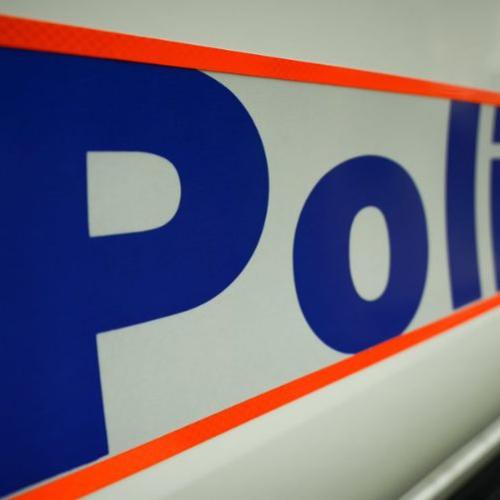Queensland has recorded another 10,391 cases of COVID-19 as much of the state edges closer to the peak of the Omicron wave.
Another 12 people have died in the last 24 hours after recently returning a positive COVID-19 result.
They include one person aged in their 60s, two in their 70s, six in their 80s and three in their 90s.
There are still 833 people being treated in public hospitals across Queensland, including 53 people in ICU.
Chief Health Officer Dr John Gerrard said the number of people being hospitalised had increased slightly in the last 24 hours.
“We know that the Gold Coast is a solid seven days ahead of the rest of Queensland in terms of its epidemic,” Dr Gerrard said.
“So we don’t really expect to see significant falls in the rest of southeast Queensland until sometime in the coming week.”
Dr Gerrard said it appeared the epidemic was occurring in two different ways.
“We’re seeing it occurring geographically,” he said.
“Clearly the epidemic started on the Gold Coast between Christmas and New Year and then spread very rapidly to the rest of Queensland.
“But also in terms of age groups.
“It started with young adults and then through the workforce of Queensland.
“What we’re seeing in hospitals reflects the next group which is the older age group in particular and those with co-morbidities.
“And that will be the last group we will see and, in many ways, clearly the most important because these are the ones that are sickest and the most likely to experience complications.”
Dr Gerrard said it was good to see the number of people getting infected in the workforce is decreasing right across the state.
“Already we’re seeing reductions right across Queensland in the numbers of people with COVID-19 in the workforce,” he said.
Mattie Ryan, Woolworths State Supply Chain Manager, said their workforce had grown significantly this week, with a number of people returning to work, allowing stock to return to shelves.
For much of this month, stores across the Gold Coast have been stripped bare because of the disruptions to supply chain cause by the Omicron outbreak.
A few weeks ago between 30-40 per cent of their workforce had either contracted the virus or was forced to isolate because they were a close contact.
This week that number has dropped to between 10-20 per cent.
“That’s put us in much better shape to deliver products for our stores,” Mr Ryan said.
“We’ve seen this week about a 15 per cent uplift in what we’ve been getting into our supermarkets
“We expect that trend to continue into next week and it should put us in much better shape.”
Mr Ryan admitted there was still a way to go before things would return to normal.
“We know everything isn’t perfect at the stores at the moment,” he said.
“Meat and toilet paper isn’t exactly where we would want it to be.
“But a number of our key categories are improving day by day and we should see that continue into next week.”
Today also marks two years since the state government declared a Public Health Emergency in relation to the COVID outbreak, allowing the Chief Health Officer to enact certain public health measures.
Queensland was the first jurisdiction in the state to made that declaration.
It came a day after the state saw its first case on COVID-19, in a traveller from Wuhan on the Gold Coast.









